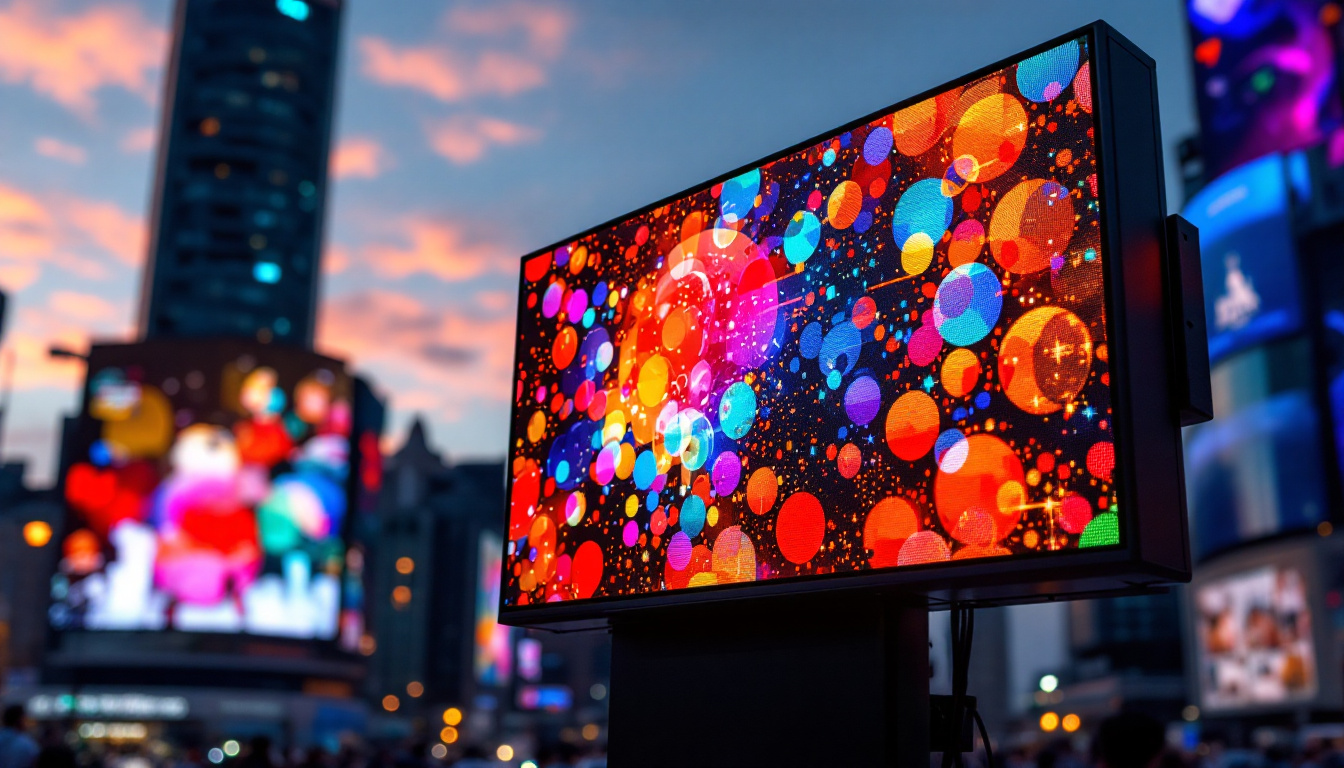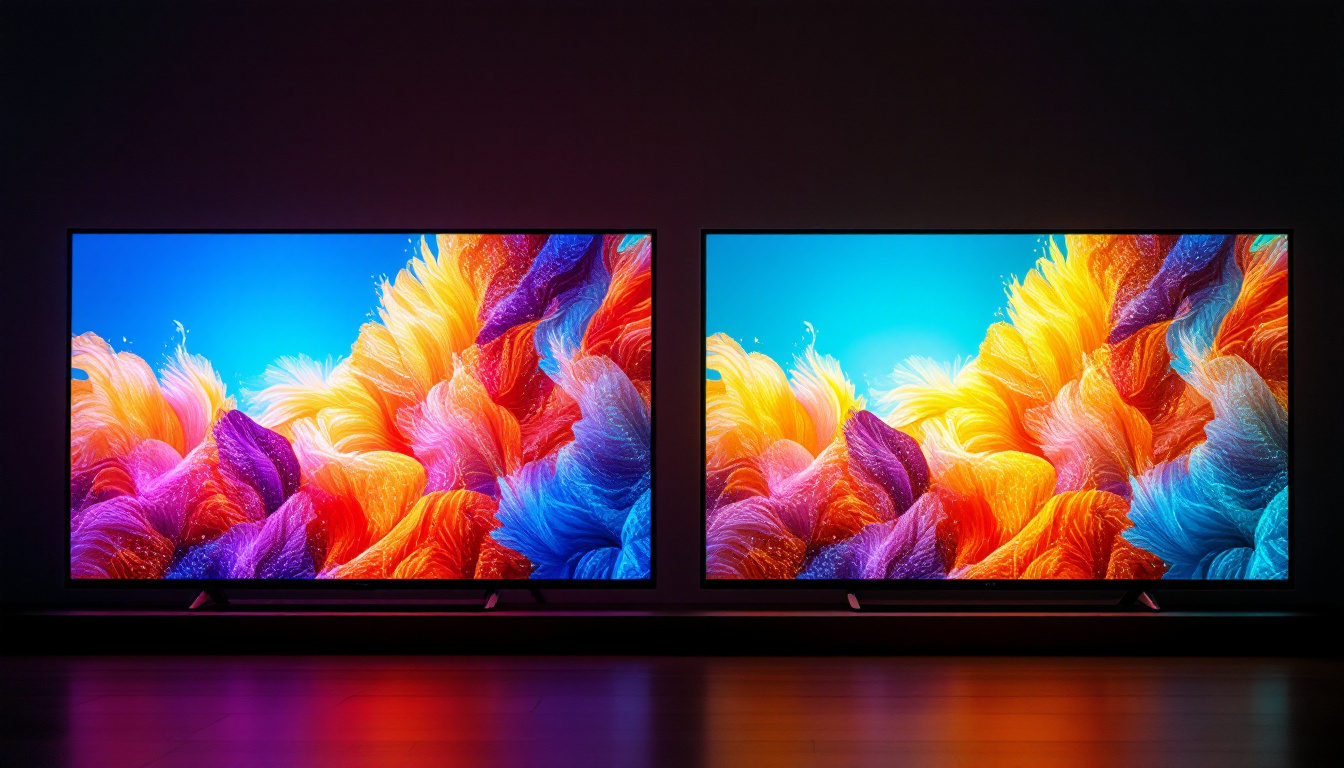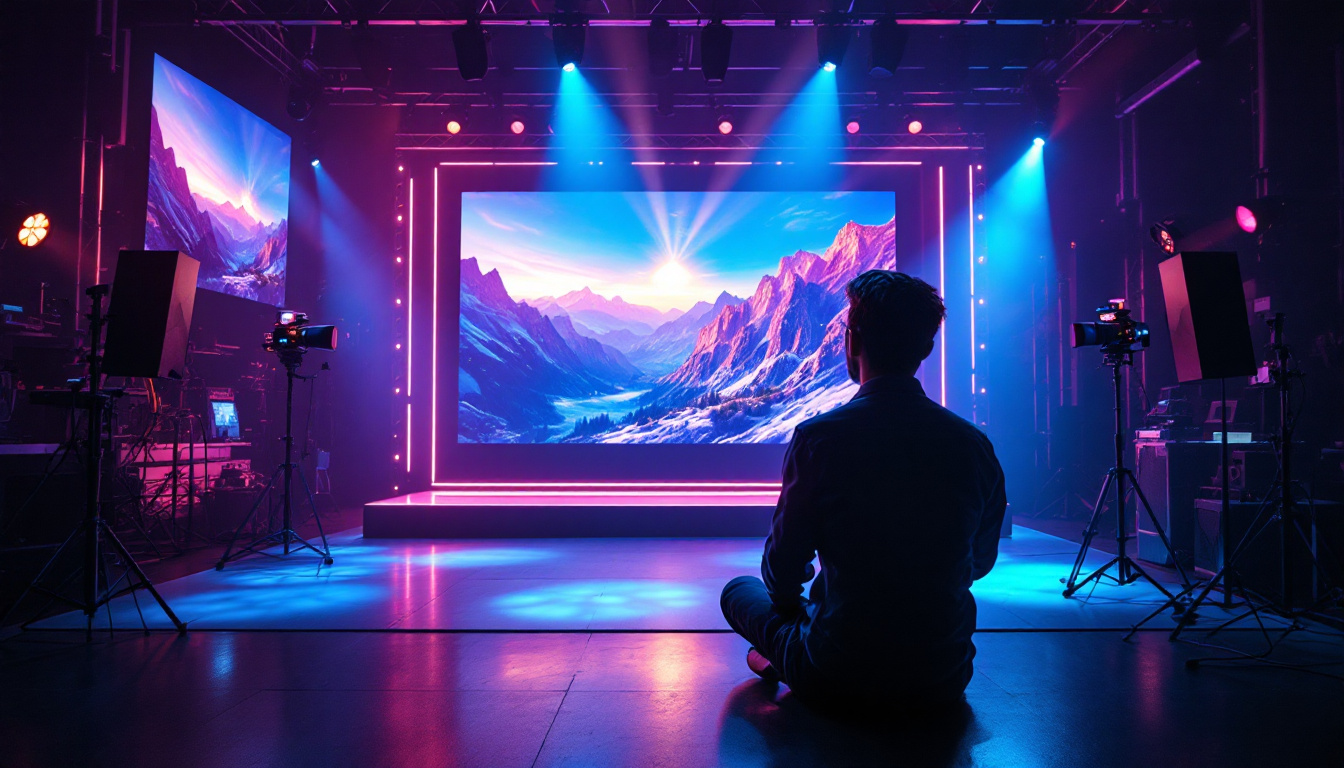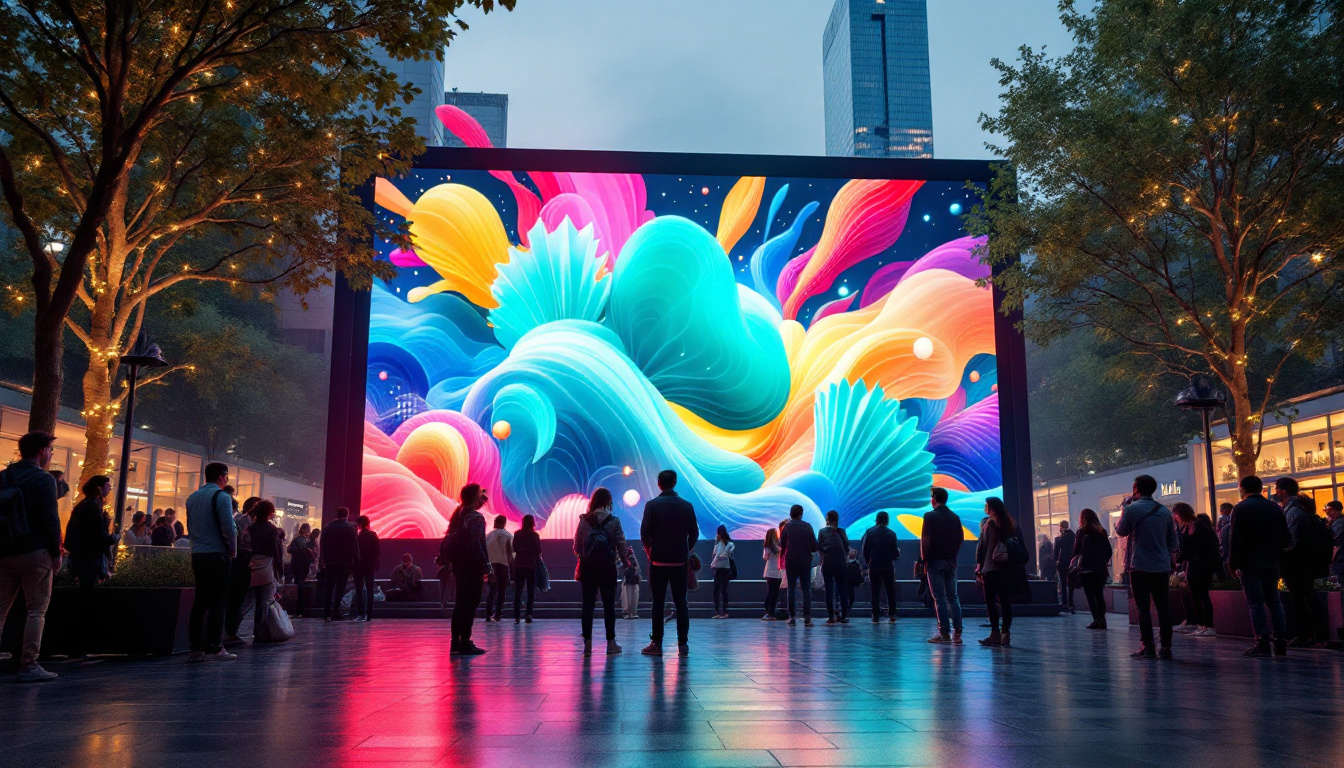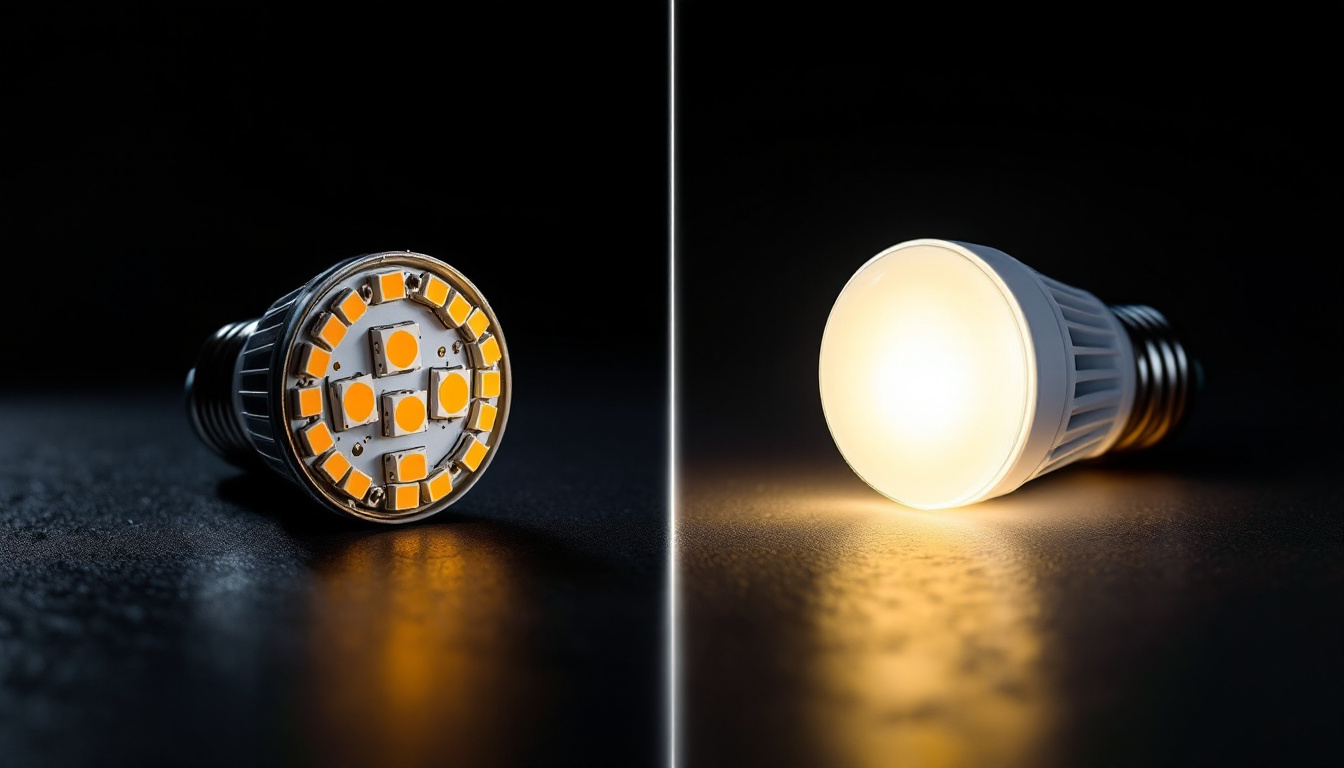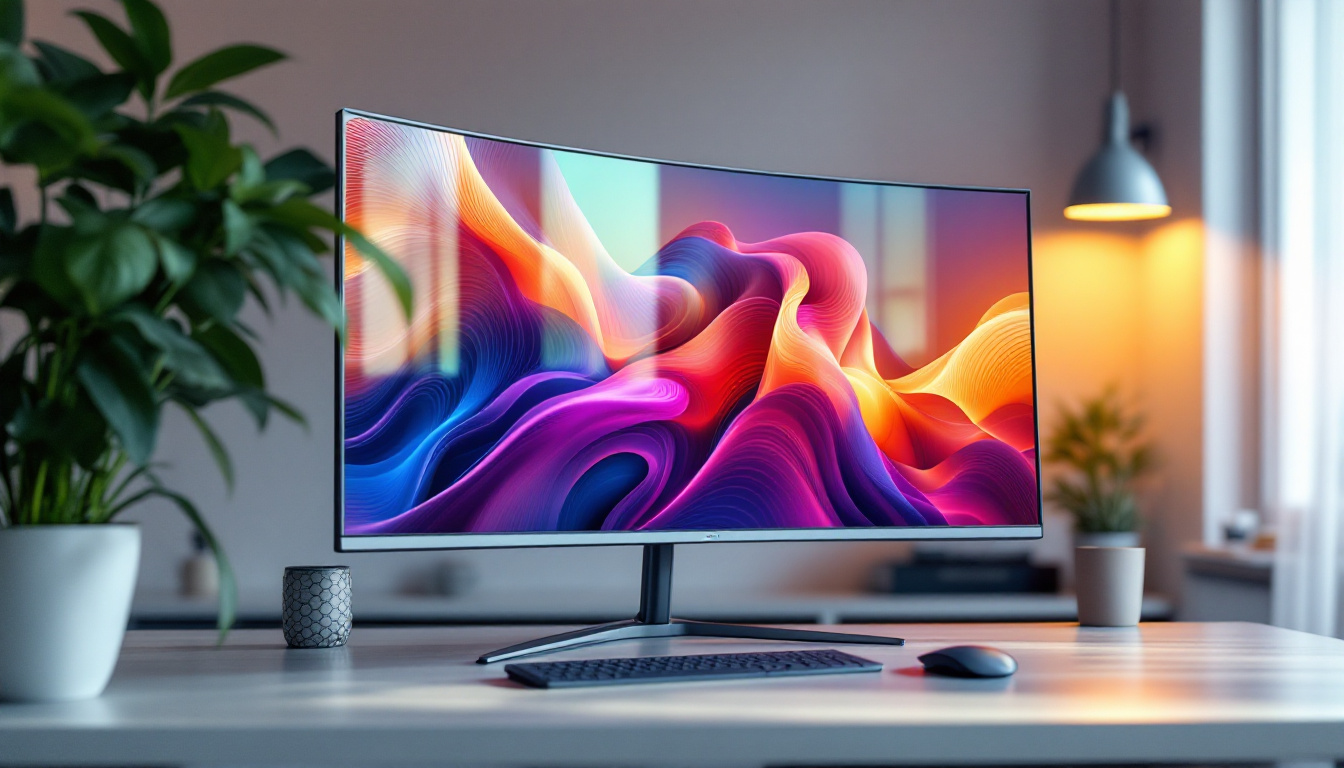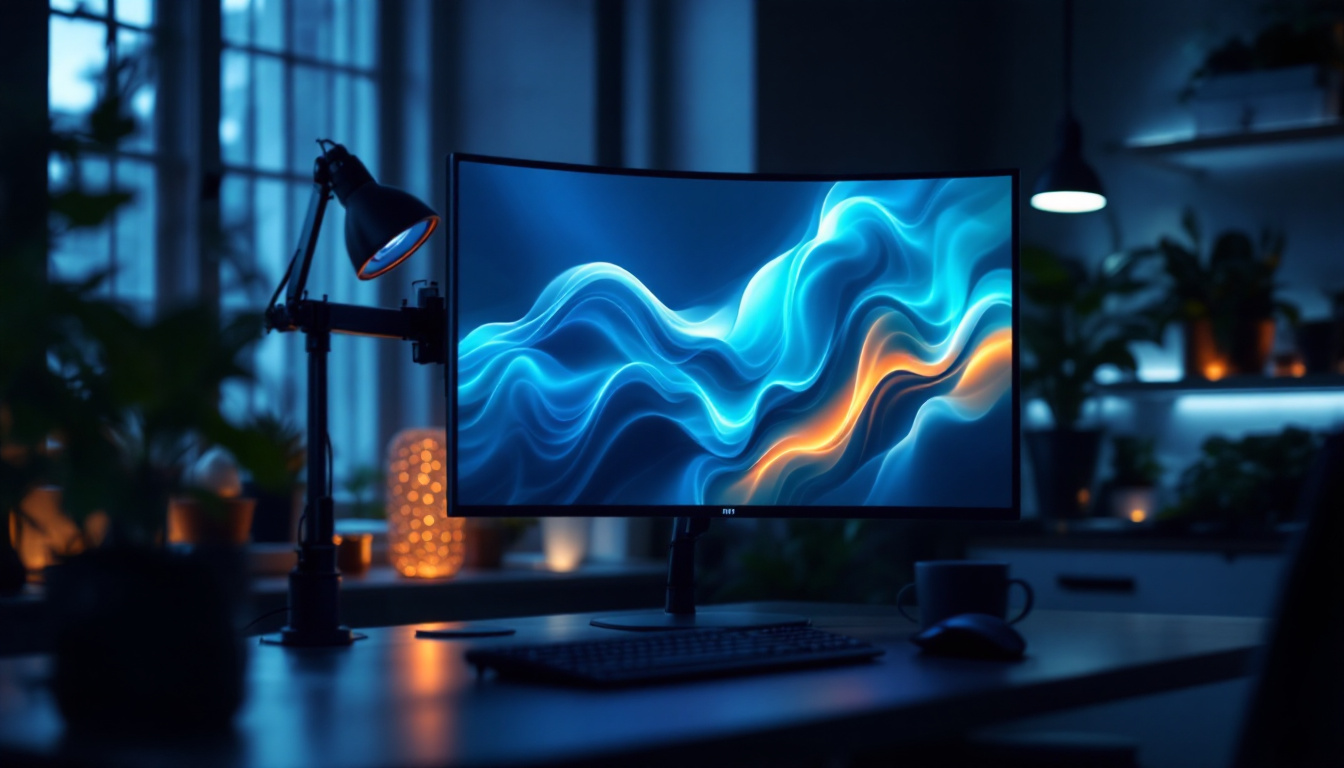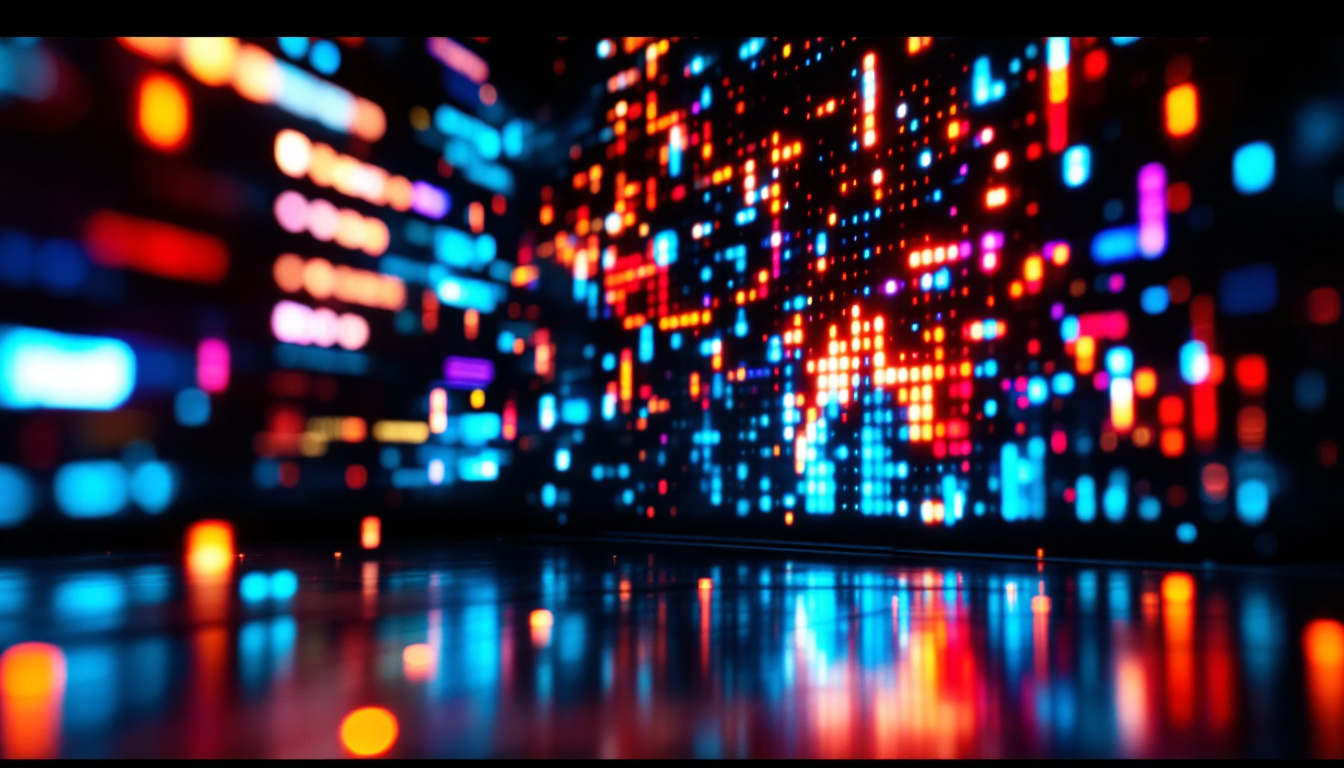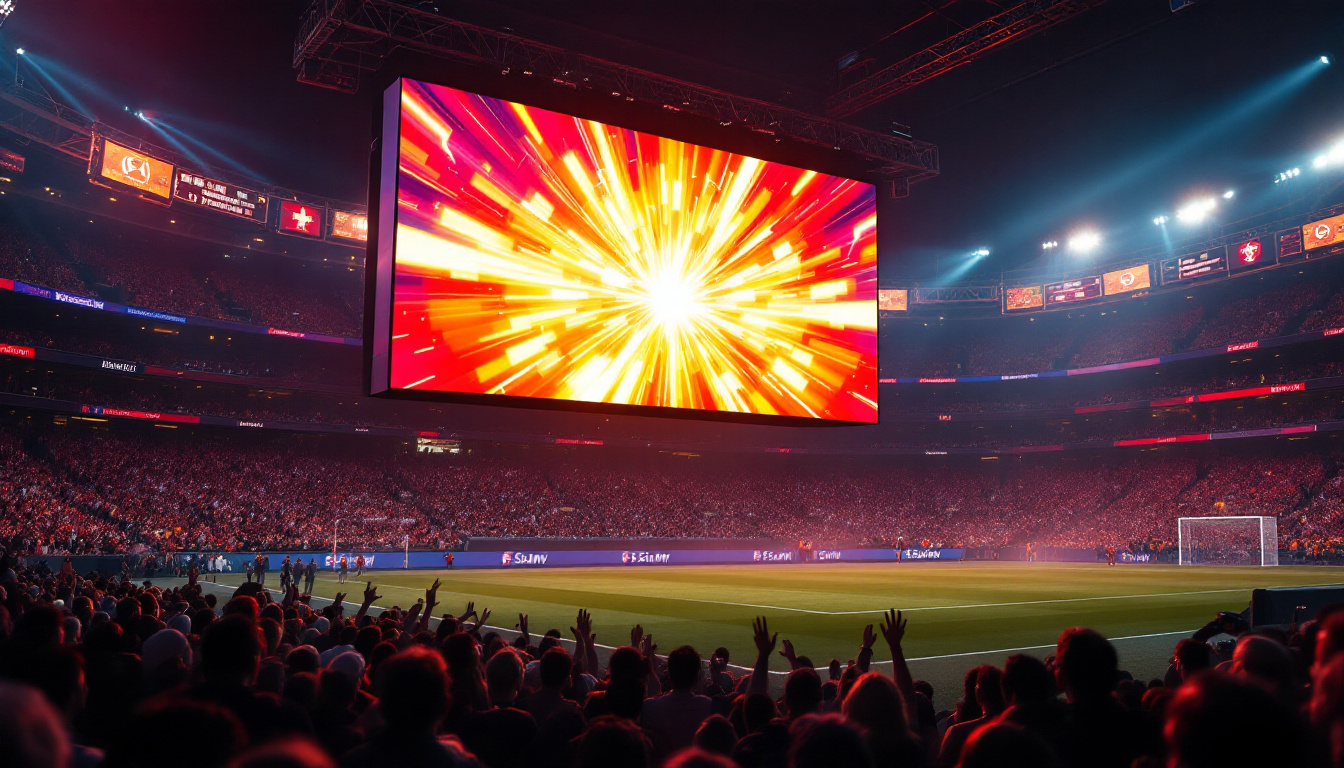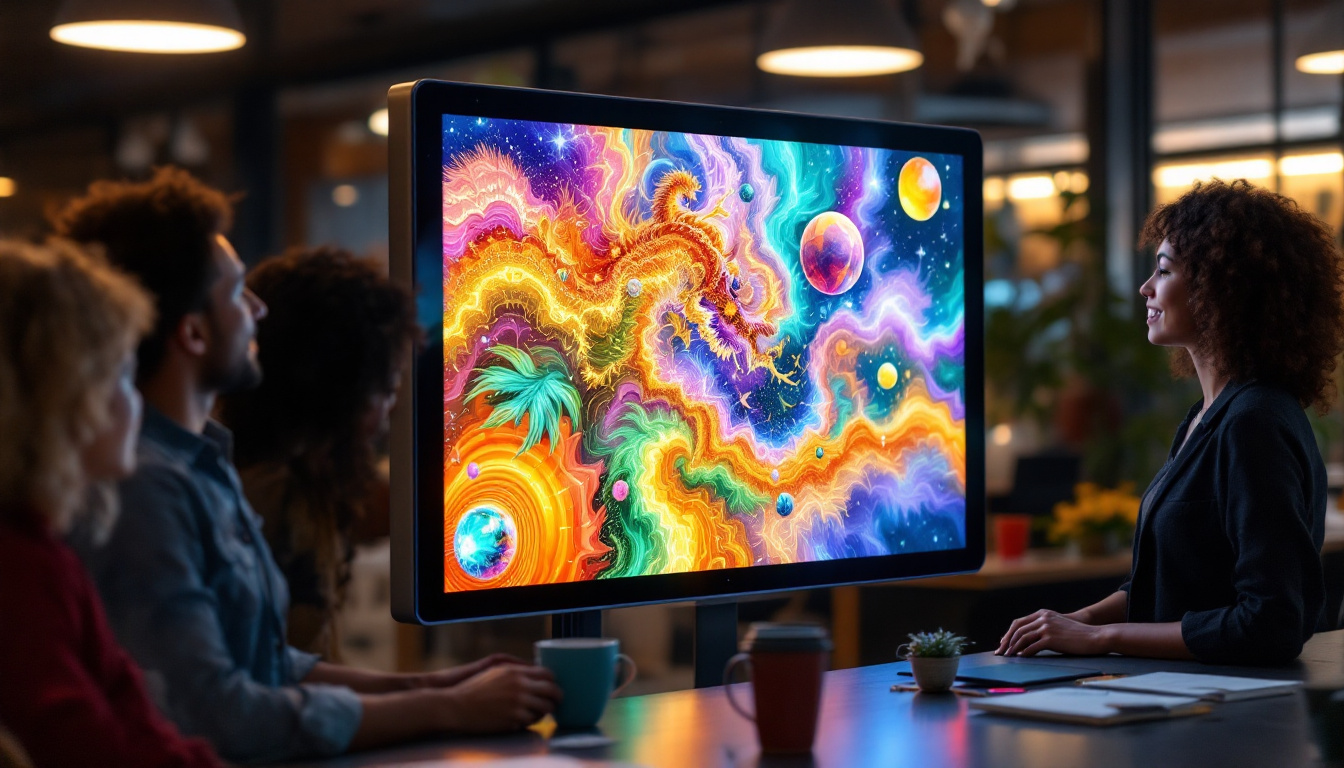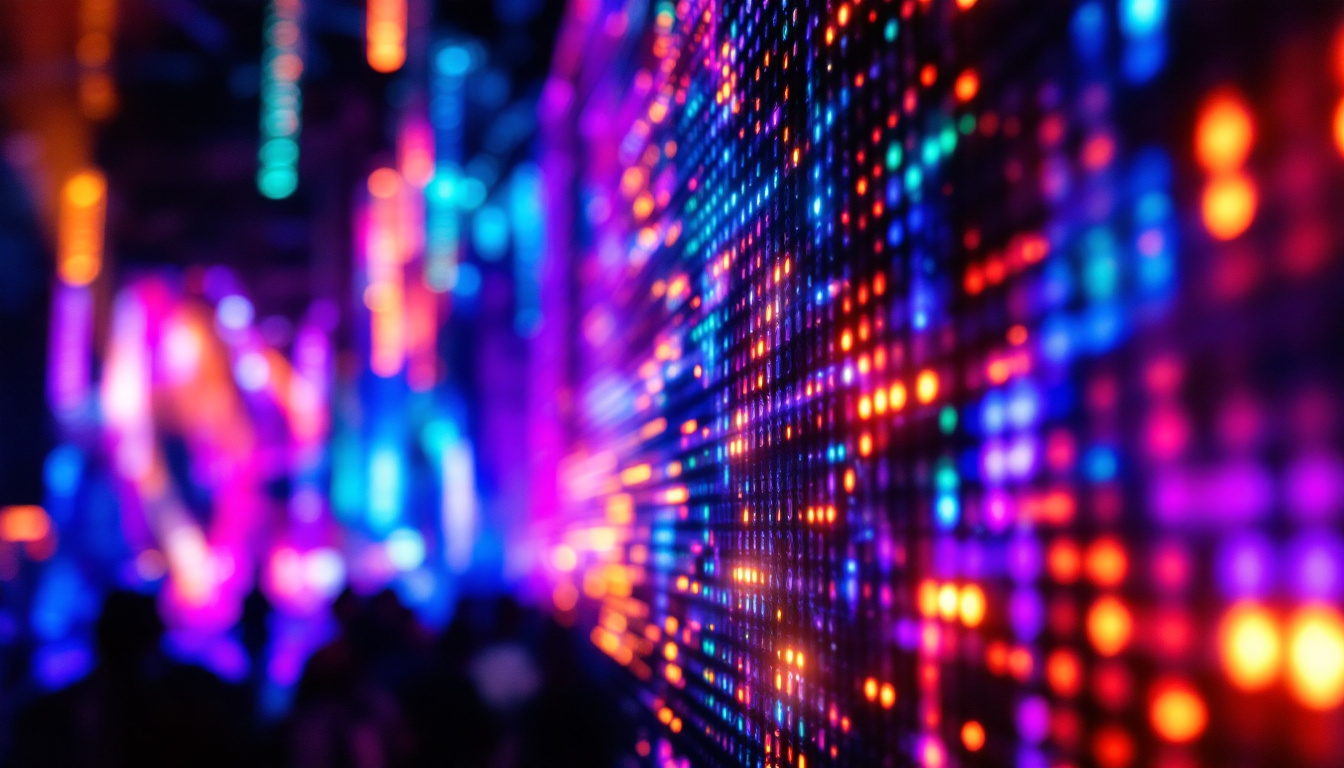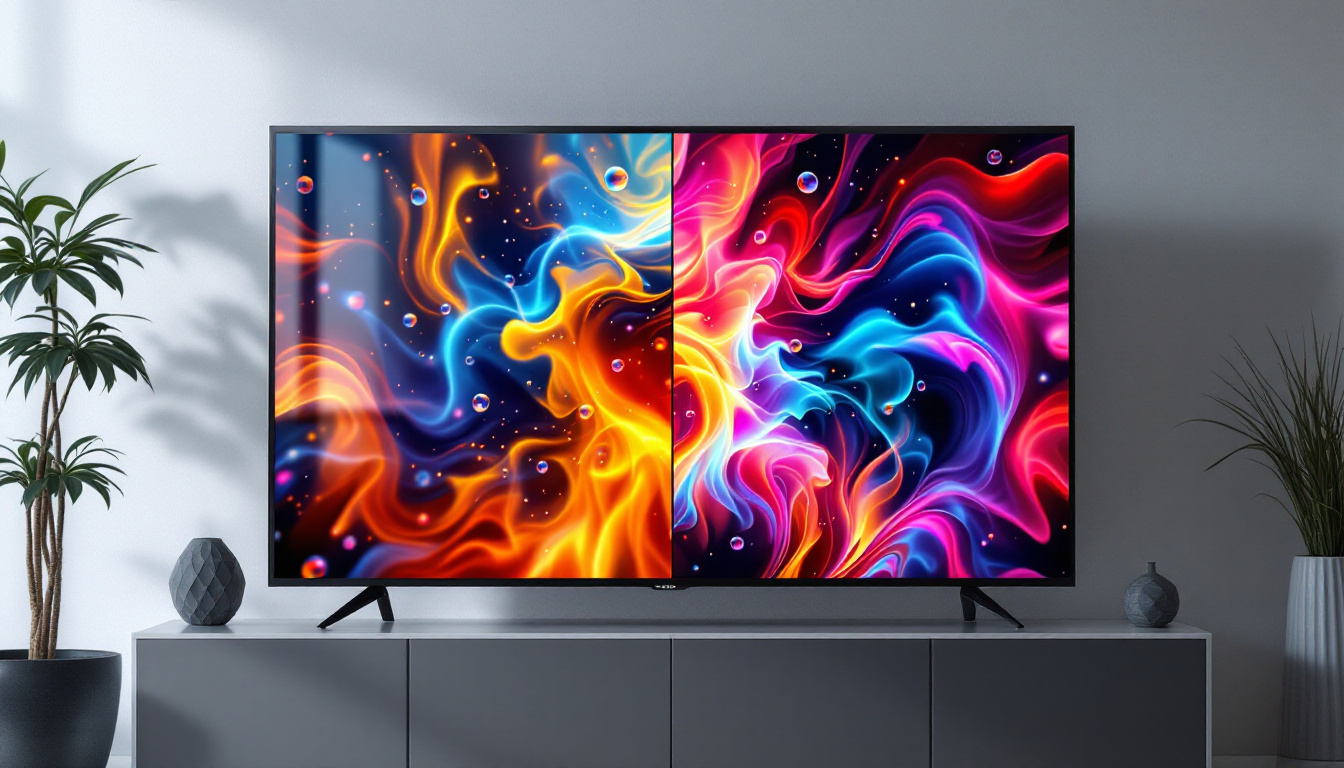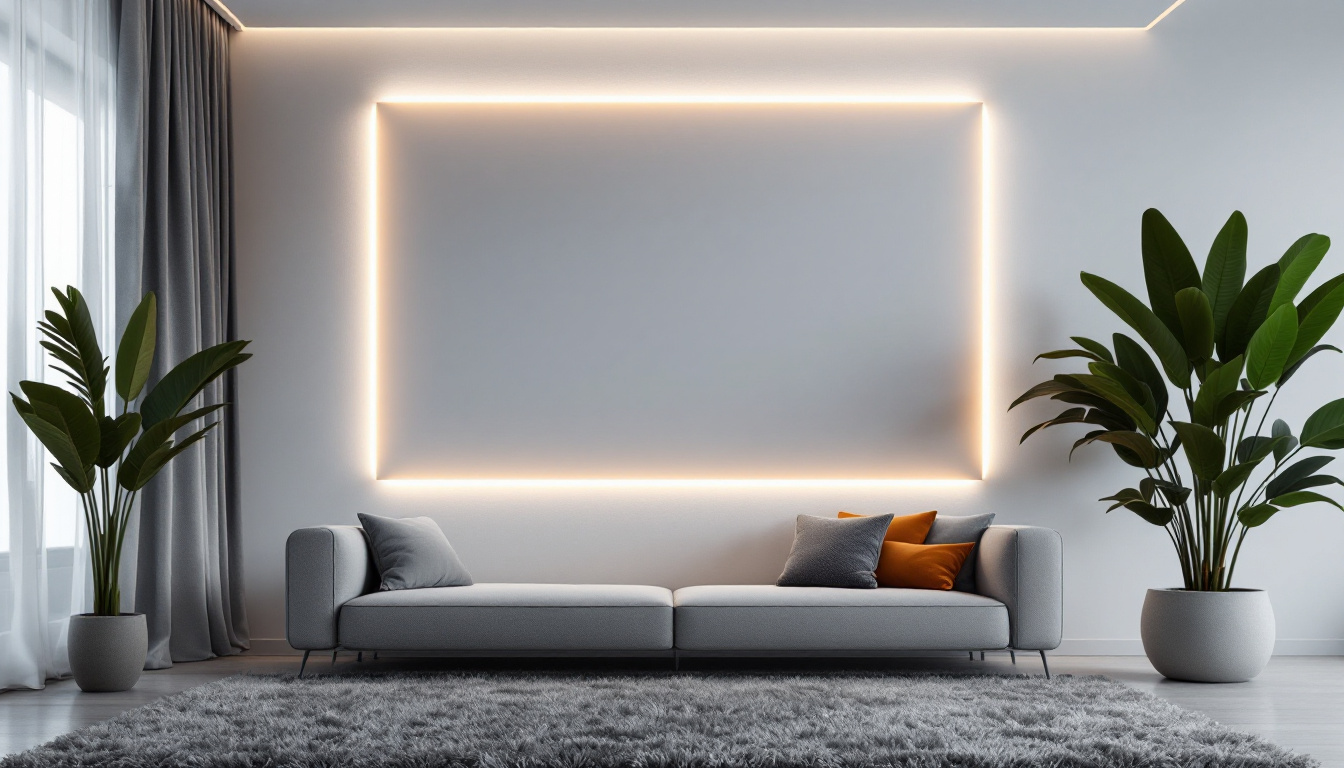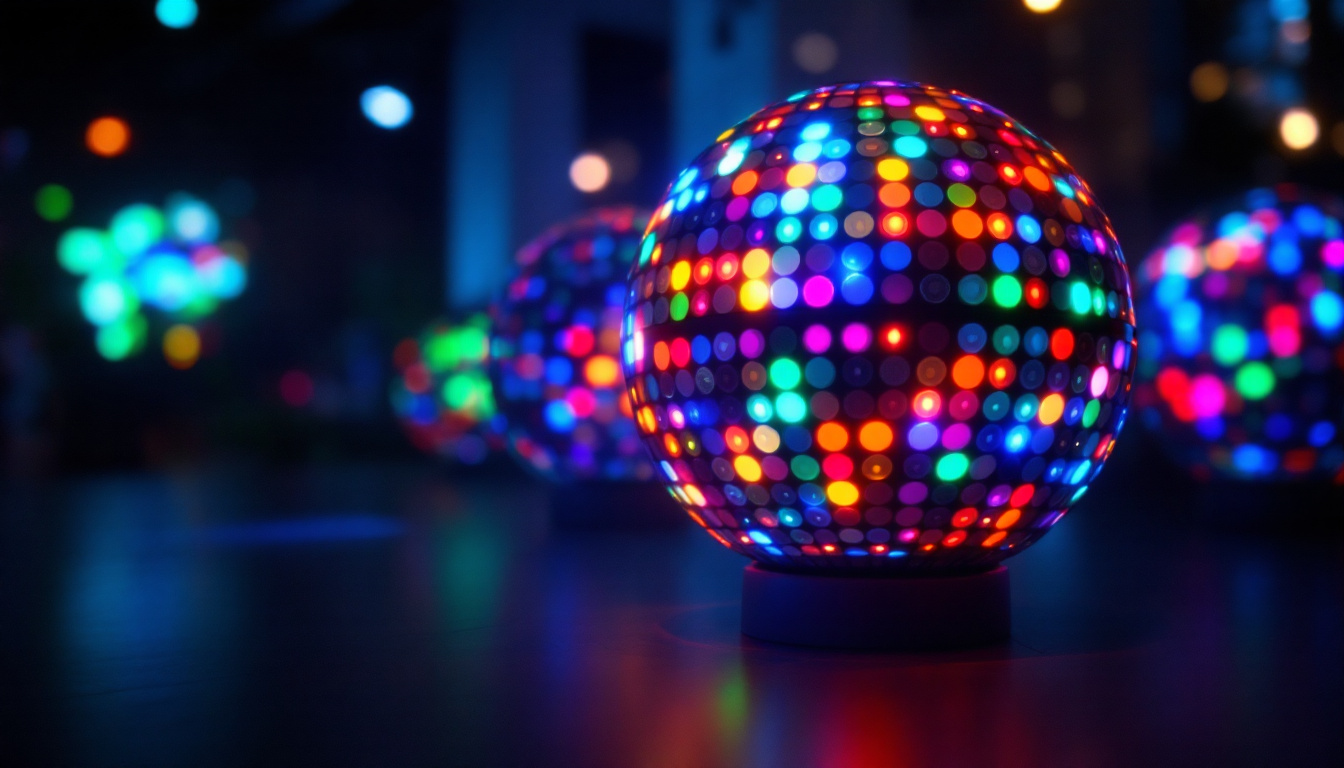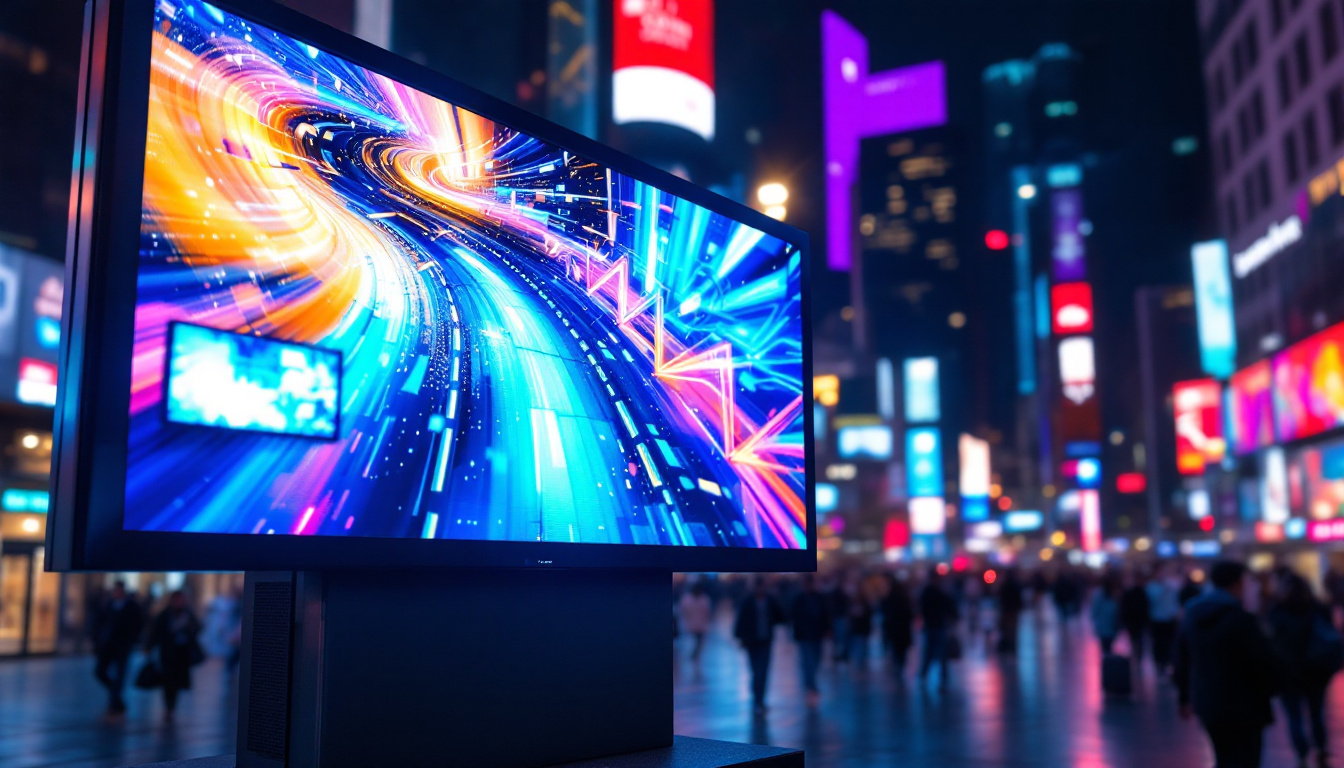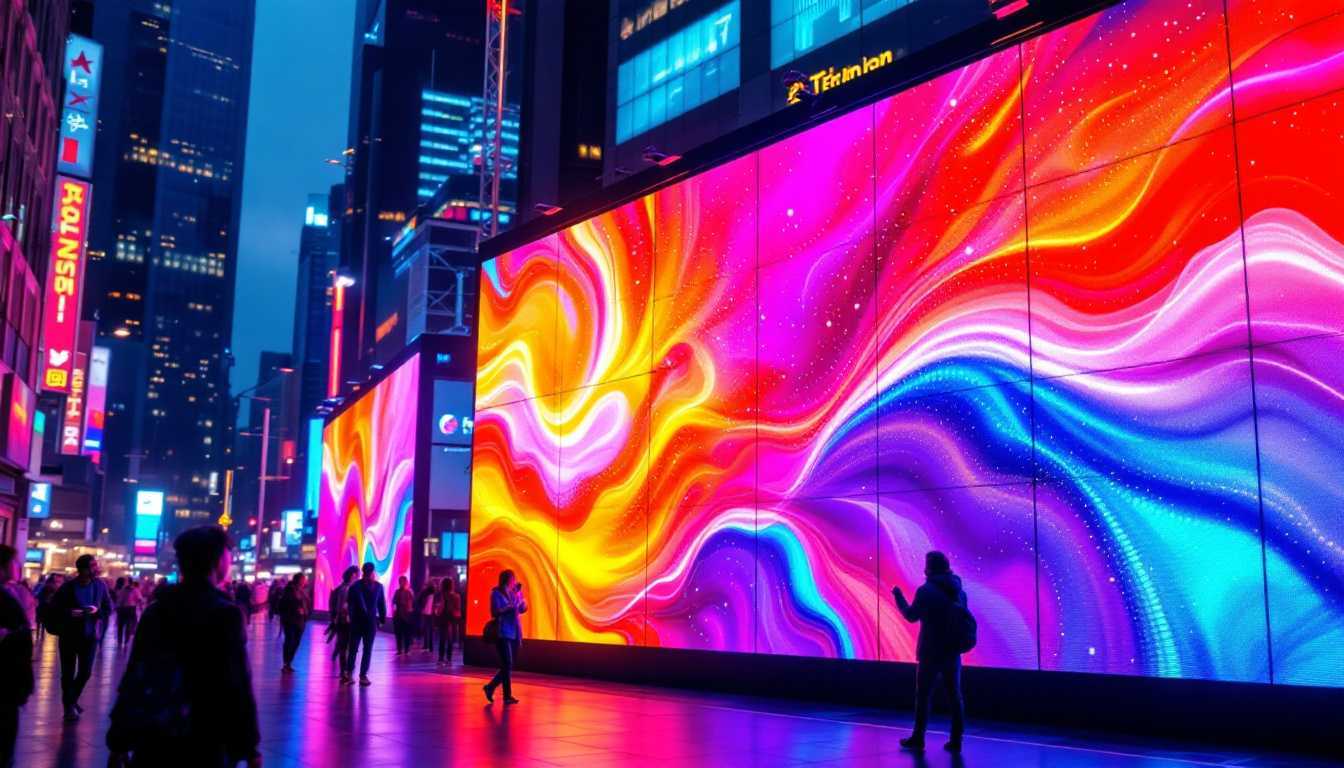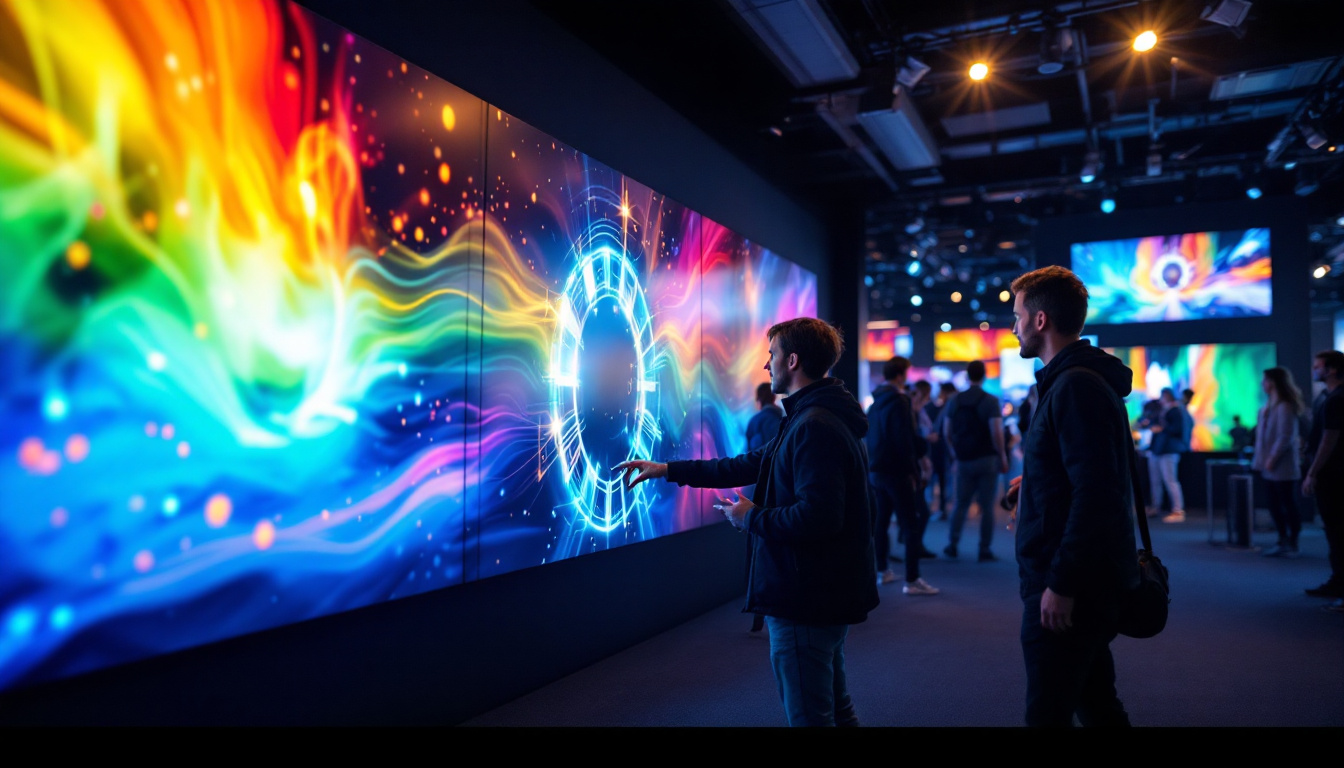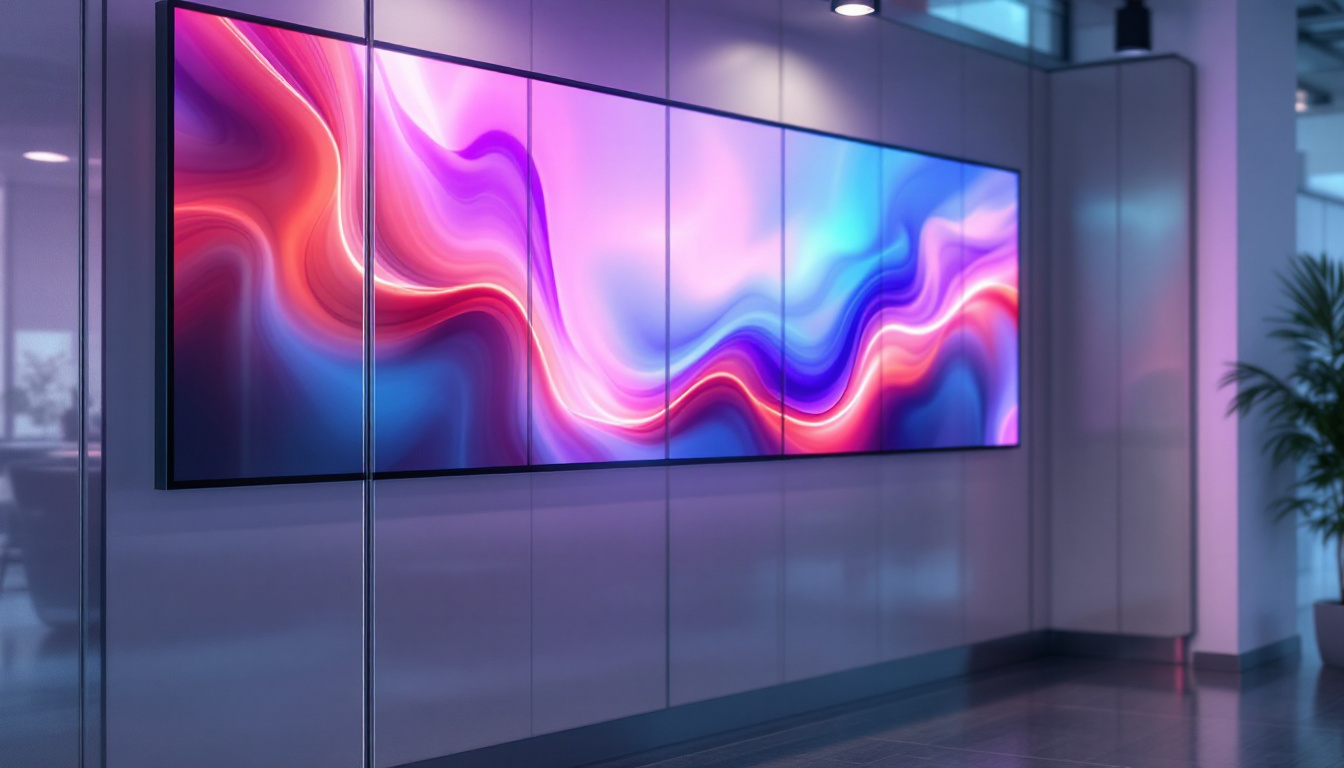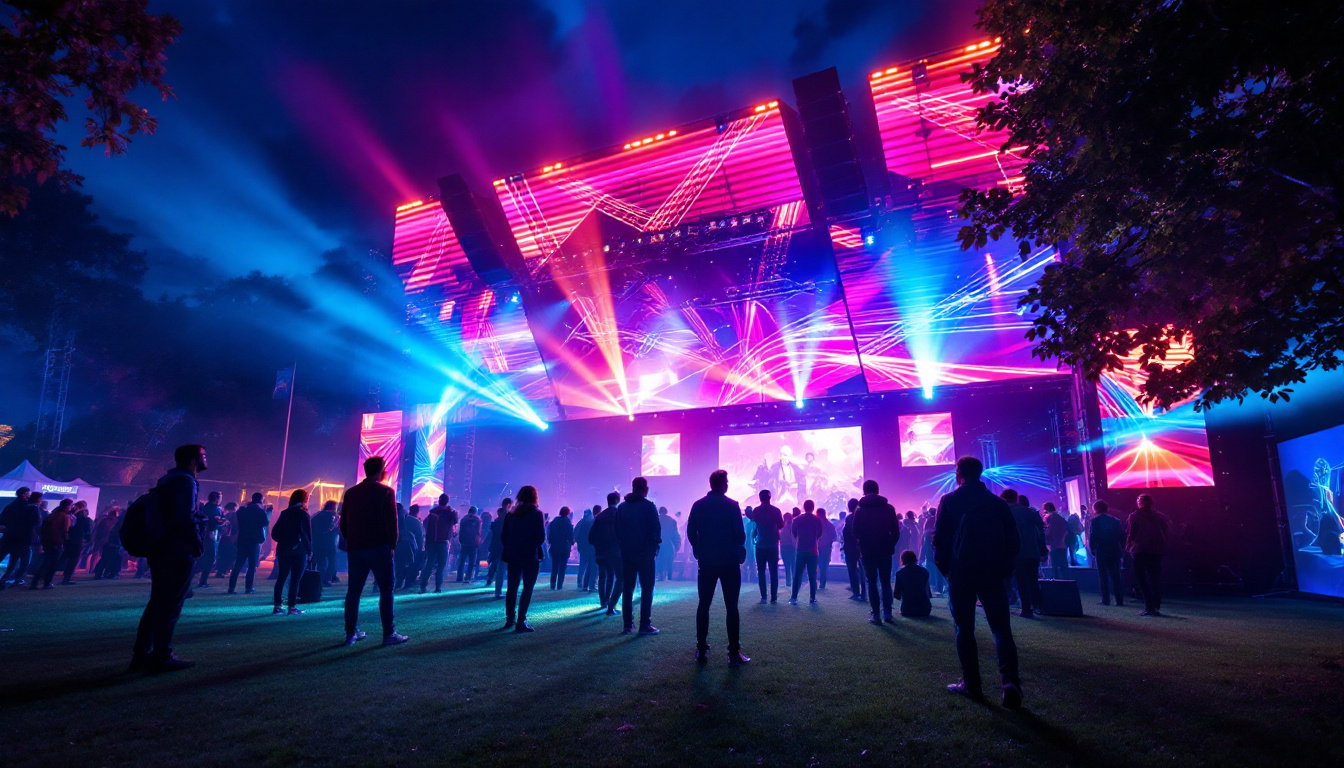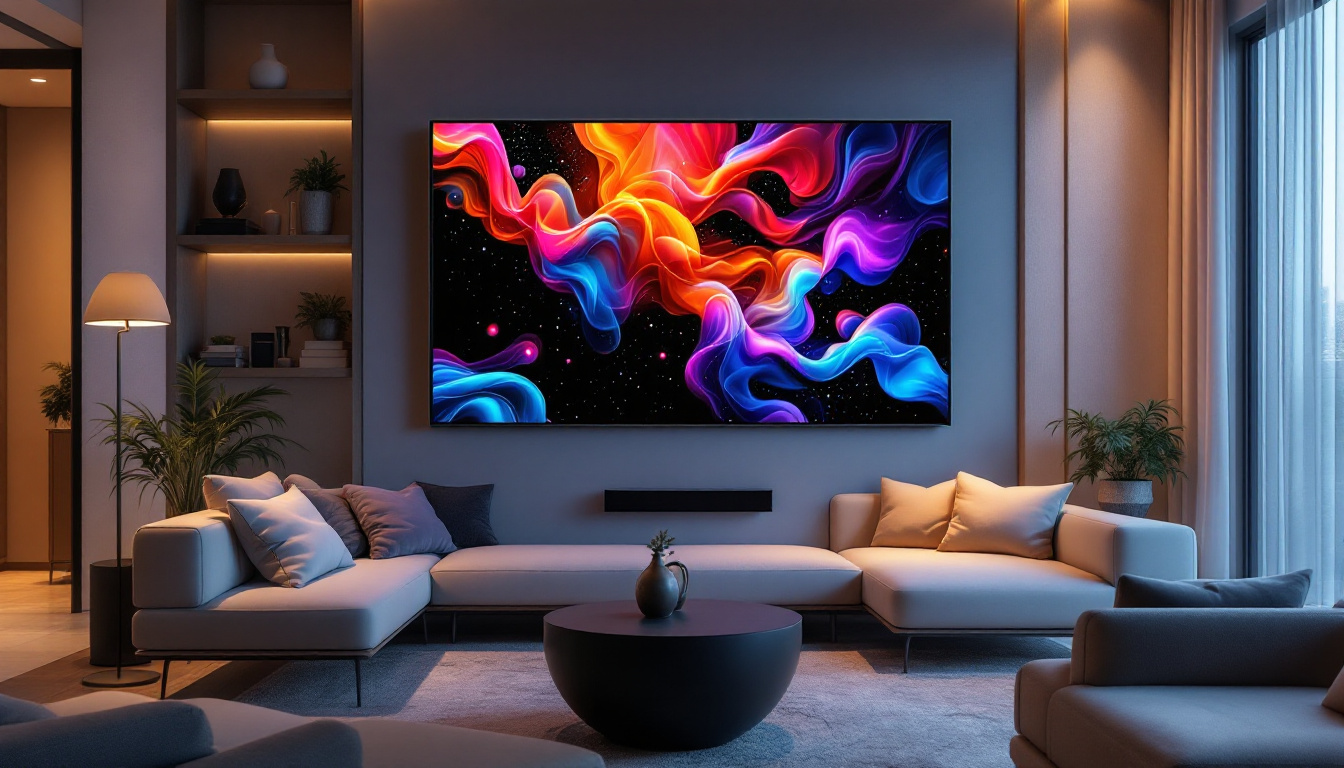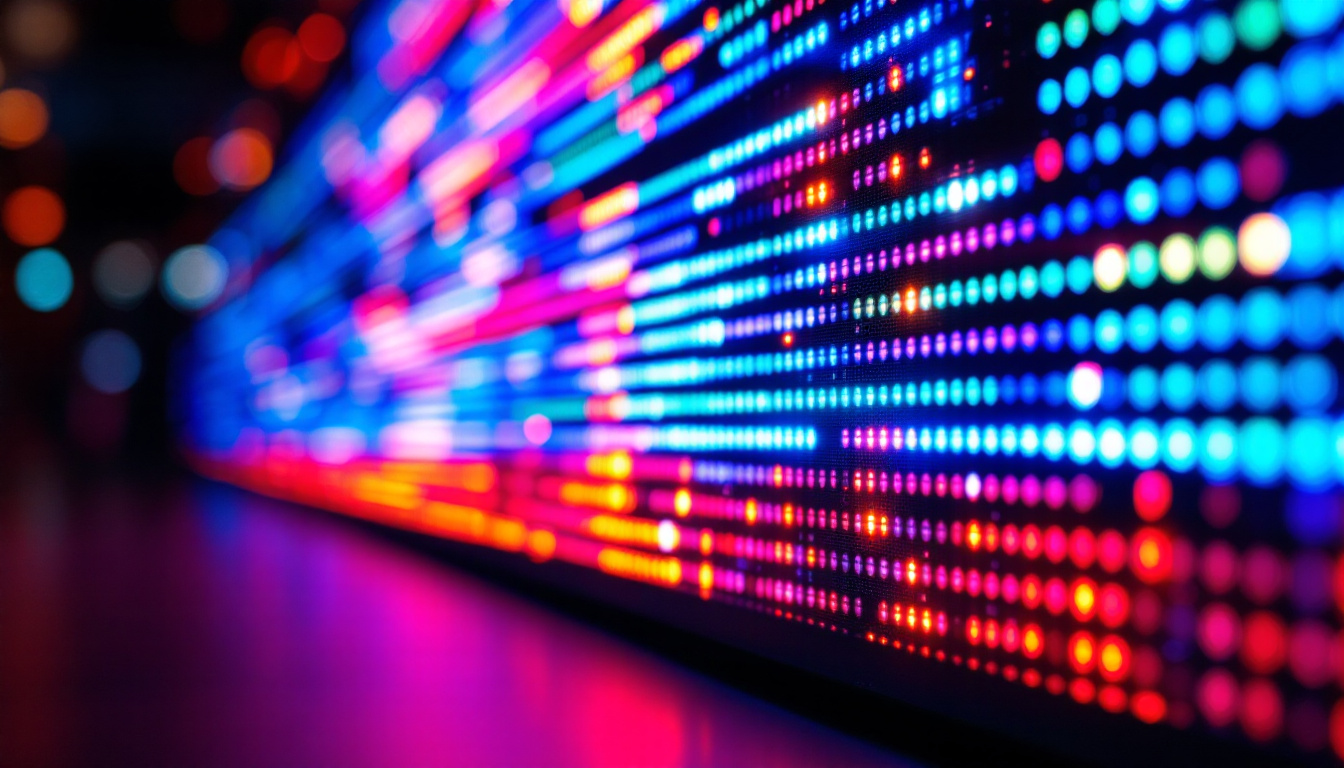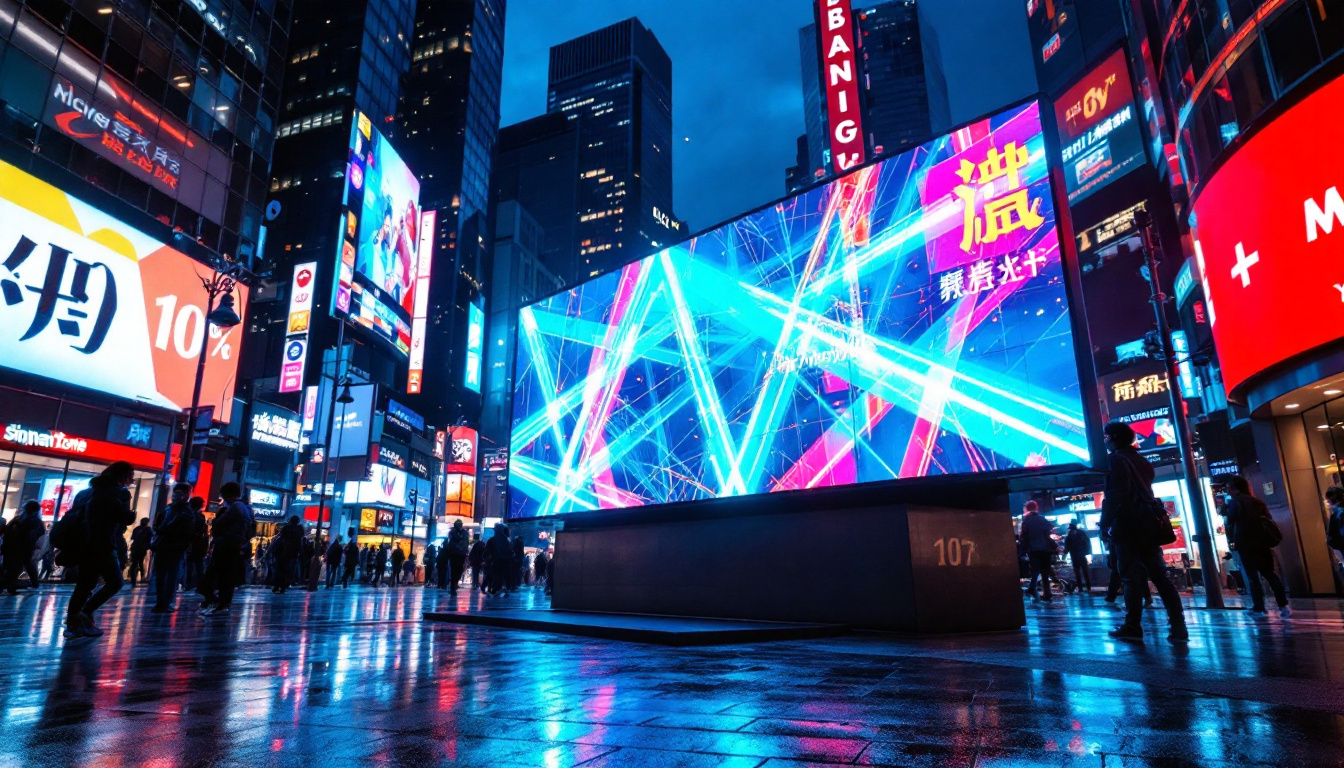In the world of visual technology, LED displays have emerged as a dominant force, transforming how we experience images and videos. A critical aspect of LED displays is the colour ratio, which plays a significant role in determining the quality of the visuals presented. Understanding colour ratios can enhance the viewing experience and ensure that displays meet the necessary standards for various applications. This article delves into what colour ratio means, its importance, and how it affects LED displays.
Understanding Colour Ratio
The colour ratio in LED displays refers to the proportion of different colours produced by the display. It is typically expressed in terms of the primary colours: red, green, and blue (RGB). These colours combine in various ways to create the full spectrum of colours we see on the screen. The effectiveness of this combination directly influences the display’s overall performance, including brightness, contrast, and colour accuracy.
The Science Behind RGB
At the core of LED technology is the RGB colour model. Each LED display consists of numerous tiny pixels, with each pixel containing red, green, and blue sub-pixels. By adjusting the intensity of each sub-pixel, the display can produce a wide array of colours. For instance, combining red and green at full intensity creates yellow, while blue and green produce cyan.
This additive colour mixing is fundamental to how LED displays operate. The ability to manipulate these primary colours allows for a more vibrant and dynamic visual experience. However, the effectiveness of this mixing depends on the quality of the LEDs and the calibration of the display. High-quality LEDs can achieve greater brightness and a wider range of colours, while poorly calibrated displays may suffer from colour inaccuracies, leading to a less immersive viewing experience. This is why professional monitors often undergo rigorous calibration processes to ensure that the colours displayed are true to life, which is particularly important in fields such as graphic design and photography.
Measuring Colour Ratio
Colour ratio can be measured using various metrics, including the colour gamut, which represents the range of colours a display can produce. A wider colour gamut indicates a higher colour ratio, allowing for more vivid and diverse colours. The most commonly referenced colour gamuts include sRGB, Adobe RGB, and DCI-P3, each representing different standards for colour reproduction.
In addition to the colour gamut, other factors such as colour depth and brightness also contribute to the overall colour ratio. Colour depth refers to the number of bits used to represent the colour of a single pixel. A higher colour depth allows for more subtle variations in colour, enhancing the overall visual quality. For instance, an 8-bit display can show 256 shades per channel, while a 10-bit display can show over 1,000 shades per channel, resulting in smoother gradients and more realistic images. Furthermore, the interplay between brightness and colour ratio is crucial; a display that is too bright may wash out colours, while one that is too dim may fail to showcase the full range of hues. Therefore, achieving the right balance is essential for optimal visual performance, making it a key consideration for manufacturers and consumers alike.
Importance of Colour Ratio in LED Displays
The colour ratio is not just a technical specification; it has real-world implications for users and industries that rely on LED displays. From consumer electronics to professional applications, understanding the importance of colour ratio can lead to better choices and improved experiences.
Impact on Visual Quality
A high colour ratio significantly enhances the visual quality of LED displays. It allows for more accurate colour reproduction, ensuring that images and videos appear as intended. This is particularly crucial in fields such as graphic design, photography, and video production, where colour accuracy is paramount.
For example, a designer working on a project needs to ensure that the colours they see on their monitor match the final printed product. A display with a high colour ratio can provide the necessary fidelity, reducing the risk of discrepancies between digital and physical outputs.
Applications Across Industries
Different industries have varying requirements for colour ratios in LED displays. In entertainment, for instance, filmmakers and animators rely on displays with wide colour gamuts to achieve the desired visual effects. The gaming industry also benefits from high colour ratios, as vibrant graphics enhance the overall gaming experience.
In contrast, industries such as healthcare require precise colour representation for accurate diagnostics. Medical imaging displays must adhere to strict standards to ensure that colours are rendered accurately, allowing for reliable analysis and decision-making.
Factors Influencing Colour Ratio in LED Displays
Several factors can influence the colour ratio of an LED display, from the quality of the components to the calibration processes employed during manufacturing. Understanding these factors can help consumers and professionals make informed decisions when selecting displays.
Quality of LED Components
The quality of the LEDs used in a display is a primary determinant of the colour ratio. Higher-quality LEDs tend to produce more vibrant colours and have better longevity. Manufacturers often use premium materials and advanced technologies to enhance the performance of their displays, resulting in improved colour accuracy and brightness.
Additionally, the manufacturing process plays a crucial role in determining the consistency of colour output. Displays that undergo rigorous quality control and testing are more likely to deliver reliable colour ratios, ensuring that users receive a product that meets their expectations.
Calibration and Settings
Calibration is another critical factor affecting the colour ratio. Even the best displays can produce inaccurate colours if not properly calibrated. Professional calibration tools can adjust the colour settings to ensure that the display accurately represents the intended colours.
Users can also adjust settings manually, but this requires a certain level of expertise. Many modern displays come with preset modes designed for specific applications, such as gaming or photo editing, which can simplify the process for users.
Evaluating Colour Ratio in LED Displays
When evaluating the colour ratio of an LED display, several metrics and specifications should be considered. These factors can provide insights into the display’s performance and suitability for various applications.
Colour Gamut Coverage
As previously mentioned, colour gamut coverage is a crucial metric for assessing colour ratio. Displays that cover a larger percentage of standard colour gamuts, such as Adobe RGB or DCI-P3, are generally more desirable for professional applications. A display that covers 100% of sRGB, for example, is suitable for web design, while one that covers a significant portion of DCI-P3 is preferred for film and video work.
It is essential to compare the specifications of different displays to ensure that they meet the necessary colour requirements for specific tasks. Many manufacturers provide detailed information about their displays’ colour gamut coverage, making it easier for consumers to make informed choices.
Brightness and Contrast Ratio
Brightness and contrast ratio also play vital roles in the perceived colour ratio of an LED display. A display with high brightness can produce more vivid colours, while a higher contrast ratio enhances the distinction between different colours. This combination results in a more dynamic and engaging viewing experience.
When evaluating displays, it is advisable to look for models that offer a good balance between brightness, contrast ratio, and colour accuracy. This balance ensures that the display performs well in various lighting conditions and maintains colour fidelity across different content types.
Future Trends in LED Display Technology
The landscape of LED display technology is continually evolving, with advancements aimed at improving colour ratios and overall performance. As technology progresses, several trends are emerging that could shape the future of LED displays.
MicroLED Technology
One of the most promising developments in display technology is MicroLED. This technology uses microscopic LEDs to create displays that can achieve superior colour ratios and brightness levels. MicroLED displays offer several advantages, including better energy efficiency, longer lifespans, and the potential for seamless integration into various applications.
As MicroLED technology matures, it is expected to revolutionize the market, providing users with displays that deliver unparalleled colour accuracy and visual quality. This advancement could benefit a wide range of industries, from consumer electronics to professional applications.
AI and Machine Learning in Calibration
Artificial intelligence (AI) and machine learning are also making their way into the realm of display calibration. These technologies can analyze and adjust colour settings automatically, ensuring that displays maintain optimal performance over time. By leveraging AI, manufacturers can create displays that adapt to different environments and user preferences, enhancing the overall viewing experience.
As these technologies become more prevalent, users can expect displays that not only deliver impressive colour ratios but also offer greater convenience and ease of use.
Conclusion
The colour ratio is a fundamental aspect of LED displays that significantly impacts visual quality and user experience. Understanding the intricacies of colour ratios, including the RGB model, colour gamut, and factors influencing performance, is essential for anyone involved in selecting or using LED displays.
As technology continues to advance, the future of LED displays looks promising, with innovations such as MicroLED and AI-driven calibration on the horizon. By staying informed about these developments, users can make better choices and enjoy the benefits of enhanced visual experiences across various applications.
In a world where visual content is increasingly important, the colour ratio of LED displays will continue to play a pivotal role in shaping how we perceive and interact with digital media.
Discover the Future of LED Displays with LumenMatrix
Ready to experience the ultimate in colour accuracy and visual quality? LumenMatrix is at the forefront of LED display innovation, offering a wide array of solutions tailored to meet your needs. From Indoor and Outdoor LED Wall Displays to specialized options like Vehicle, Sports, and Floor LED Displays, our products are designed to revolutionize visual communication. Embrace the future with our Custom, All-in-One, and Transparent LED Displays that promise to captivate your audience. Check out LumenMatrix LED Display Solutions today and see your vision come to life with unparalleled clarity and impact.

